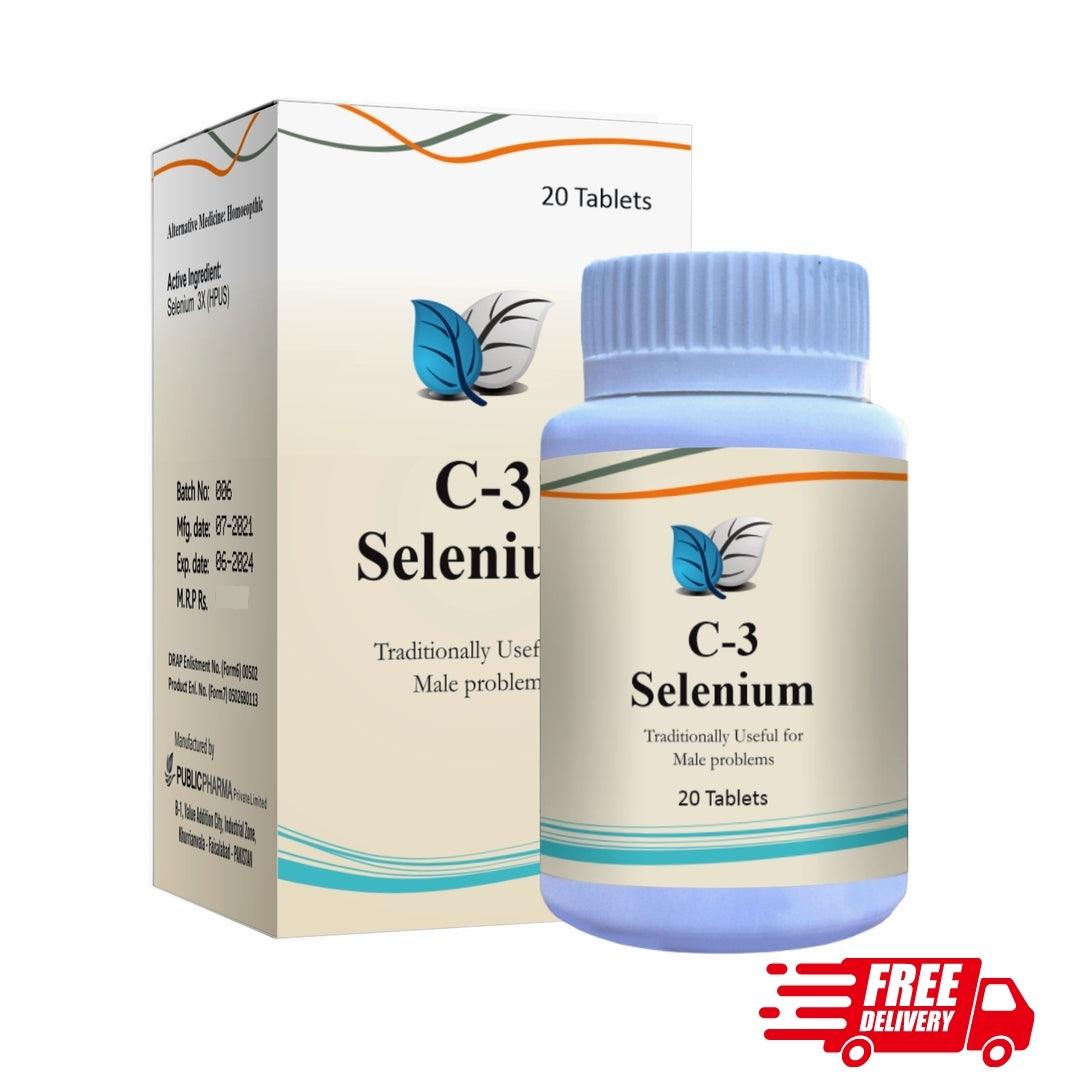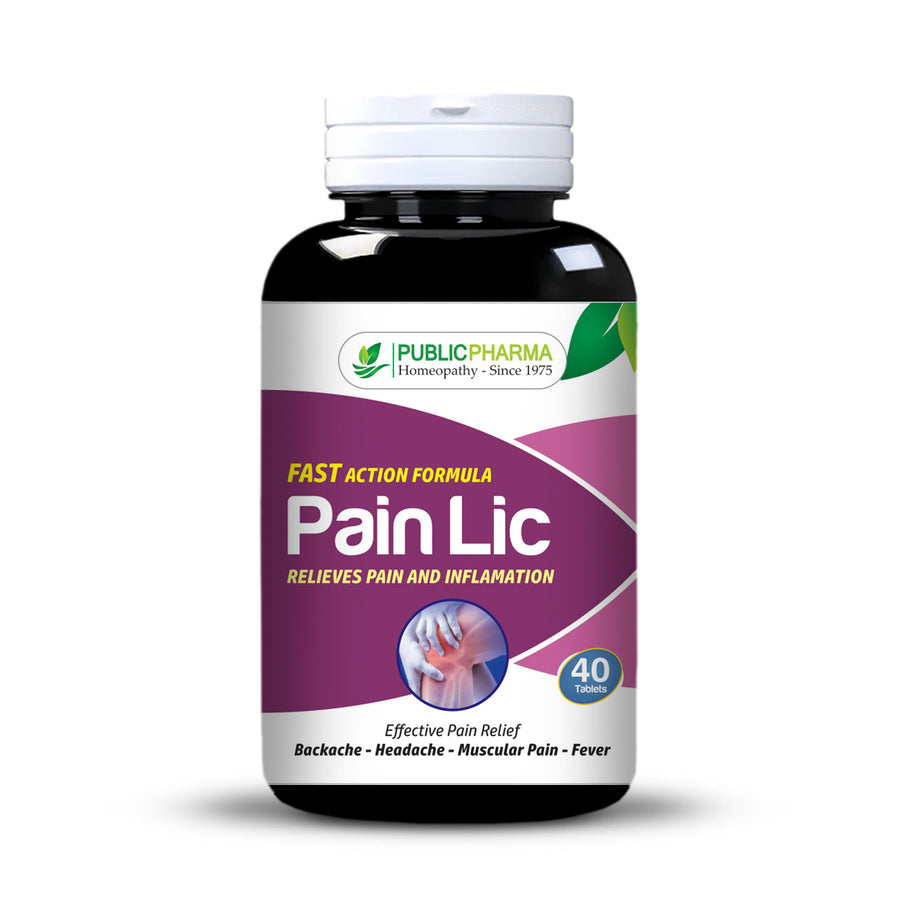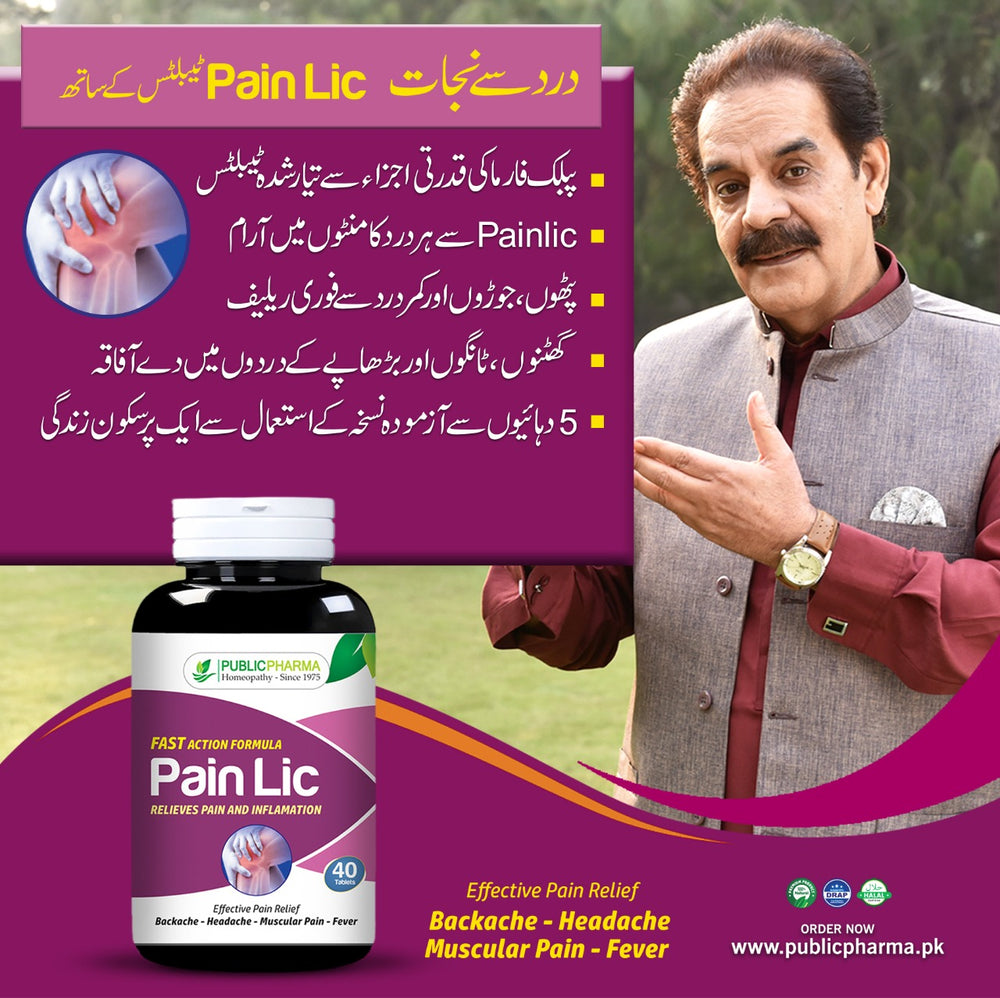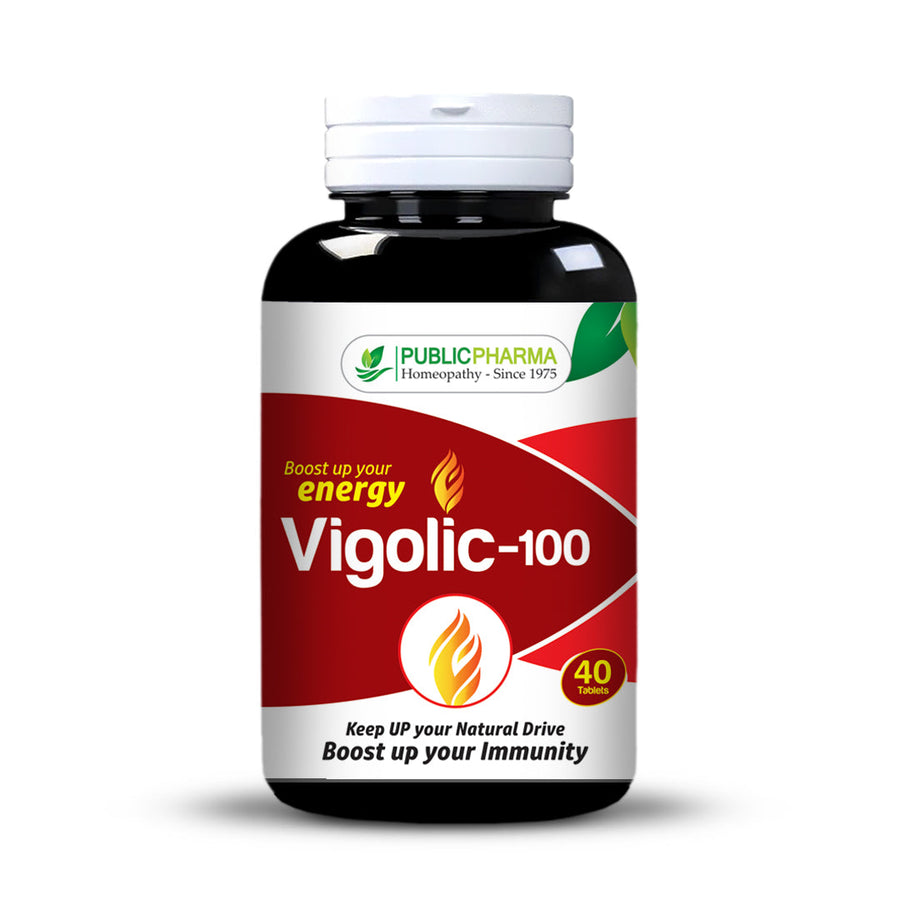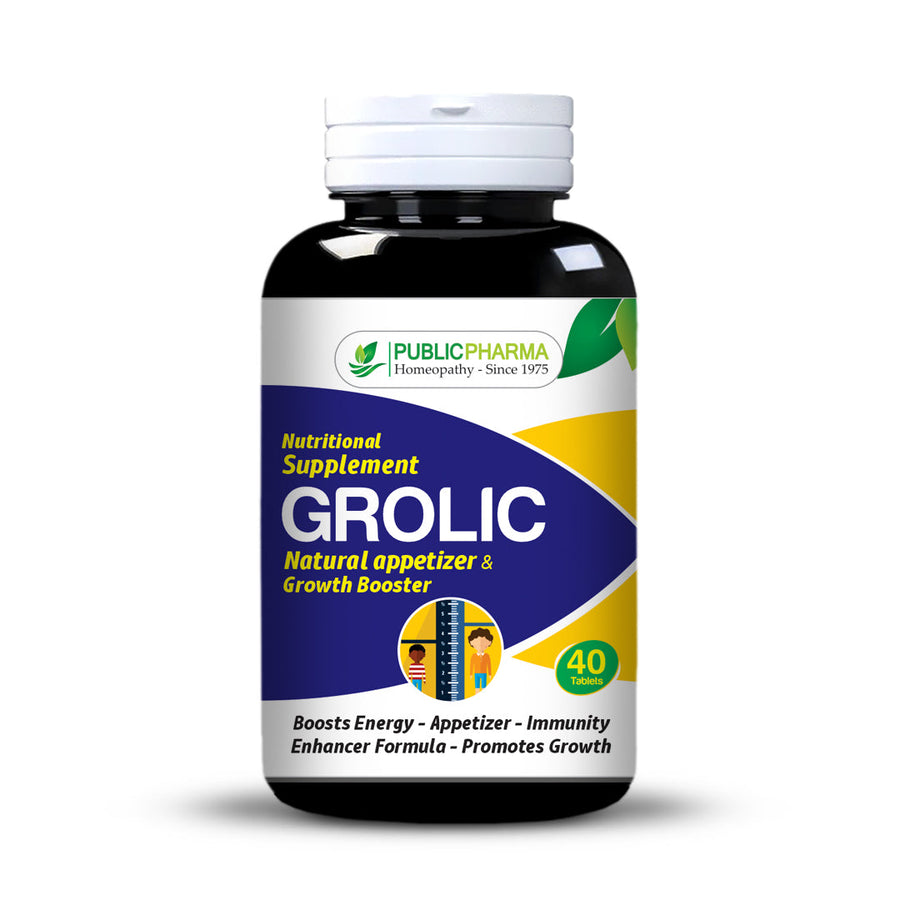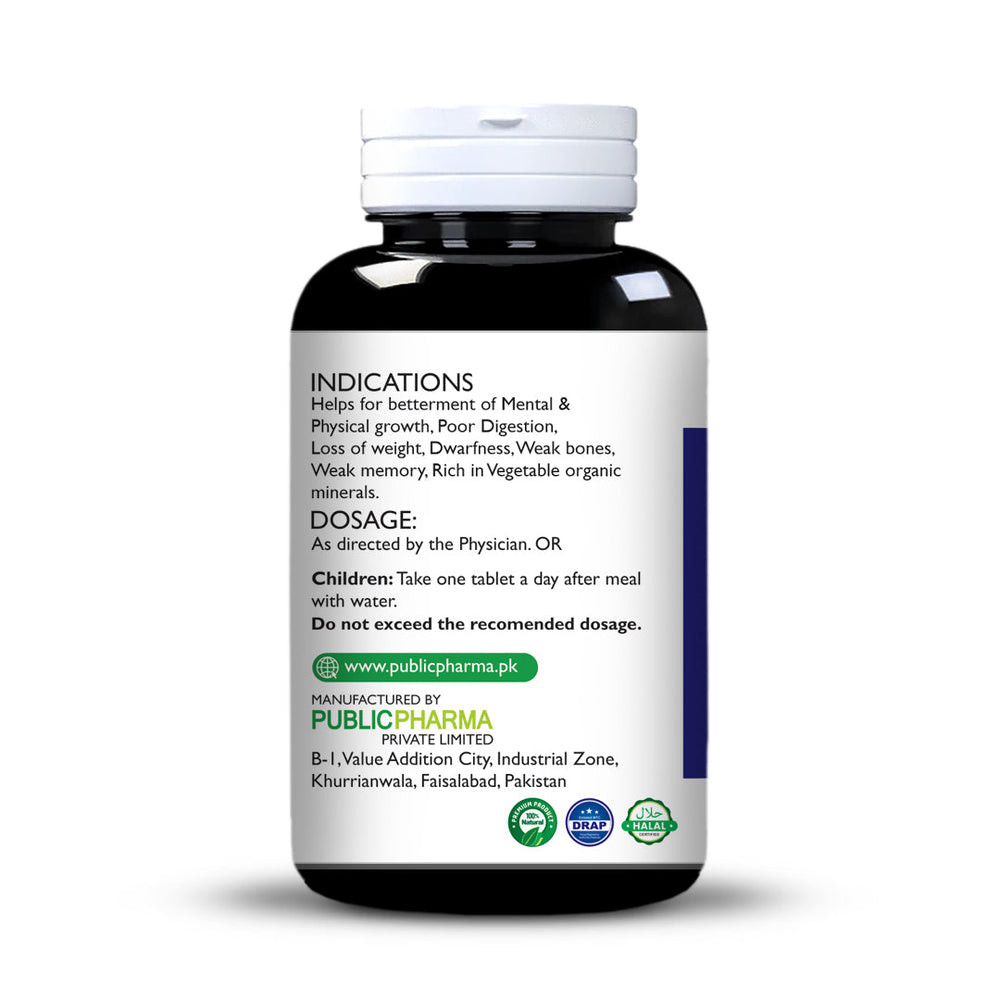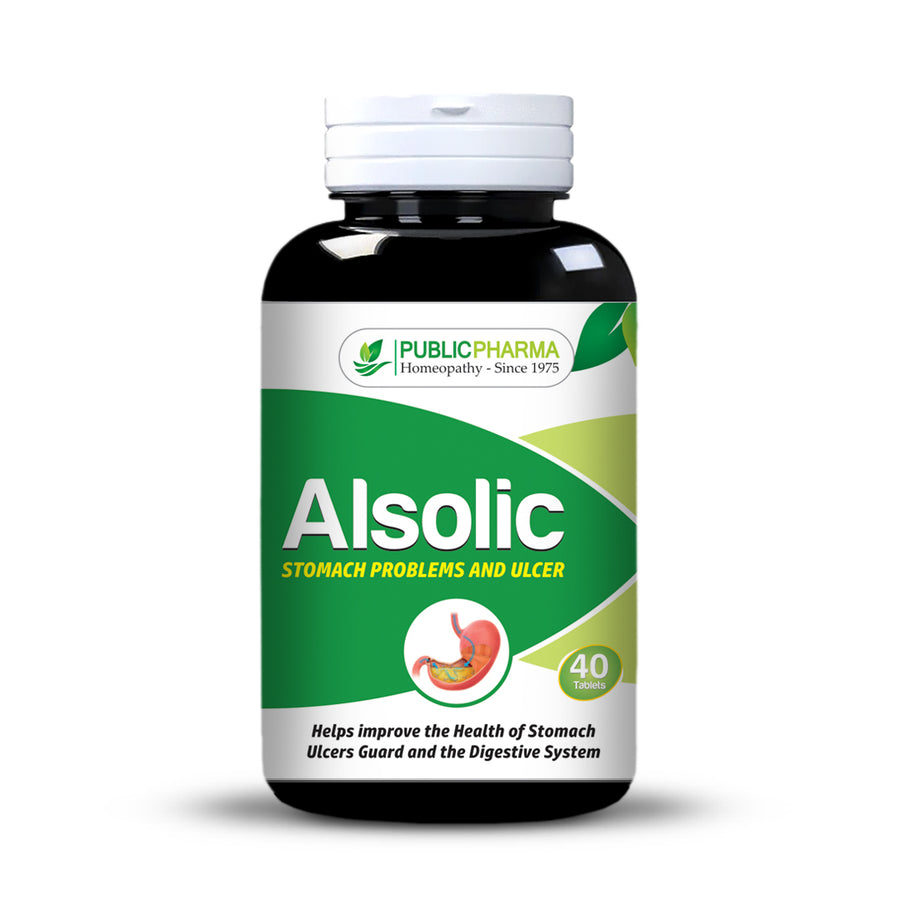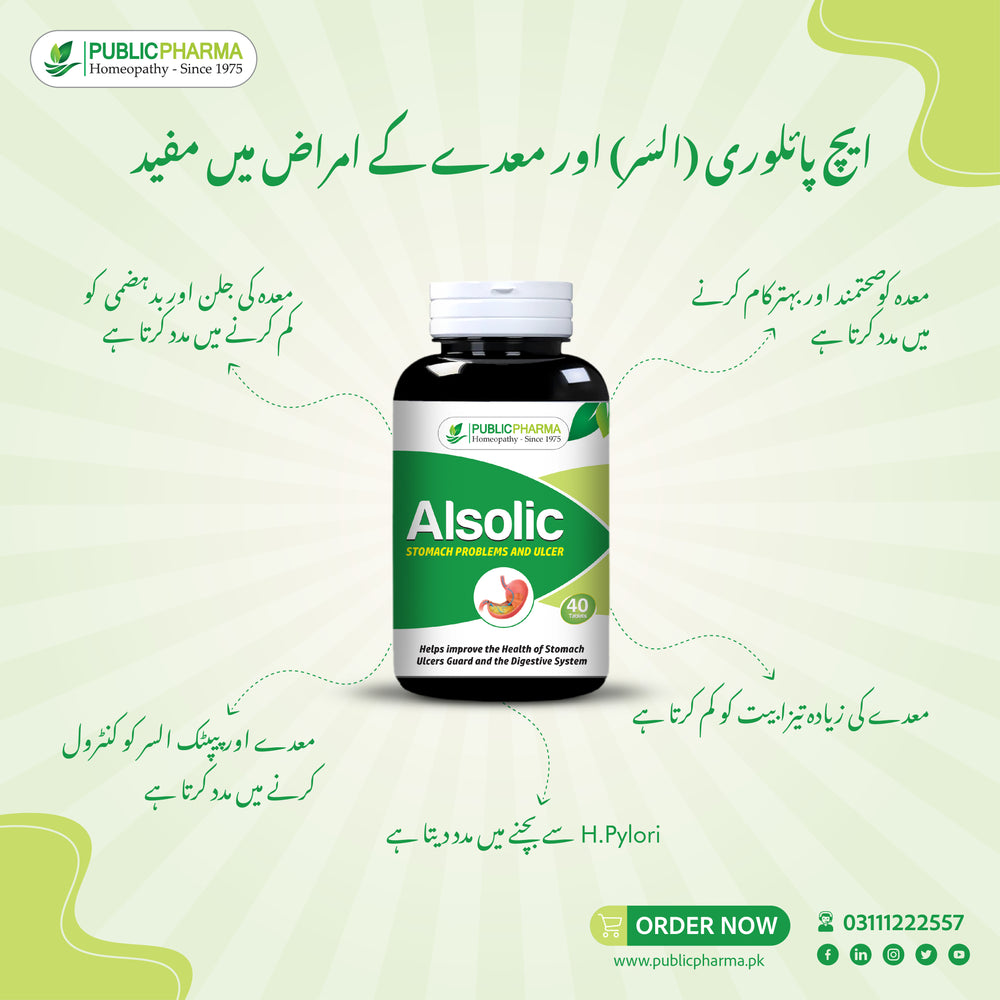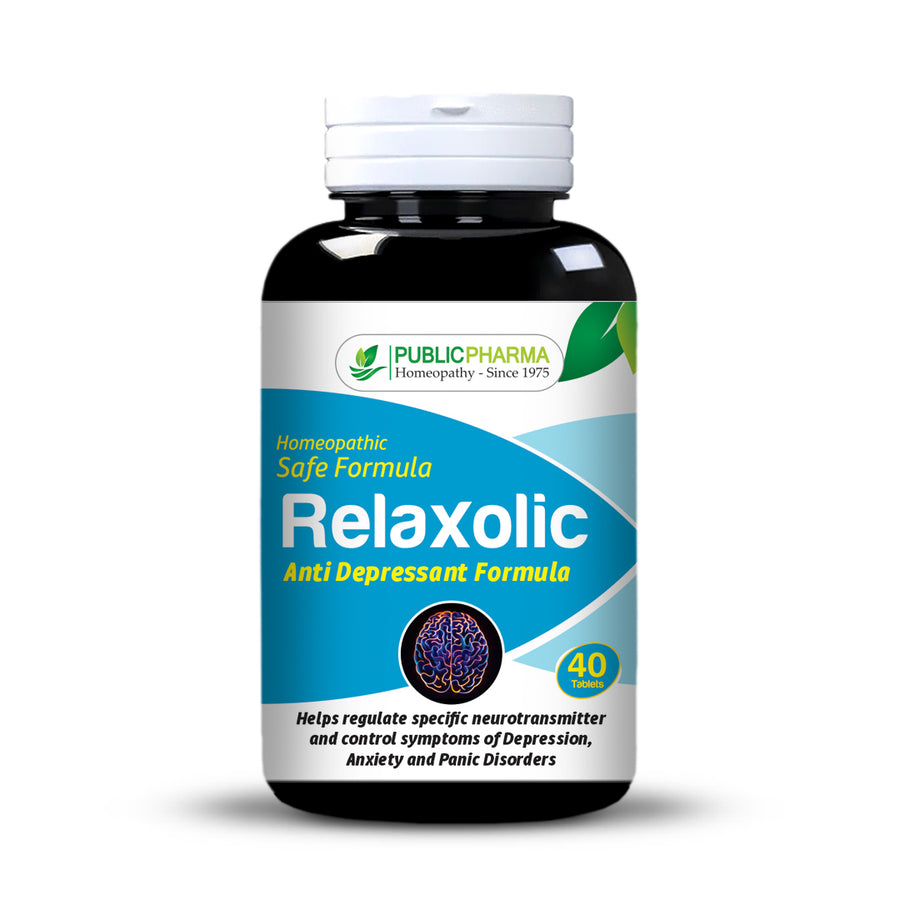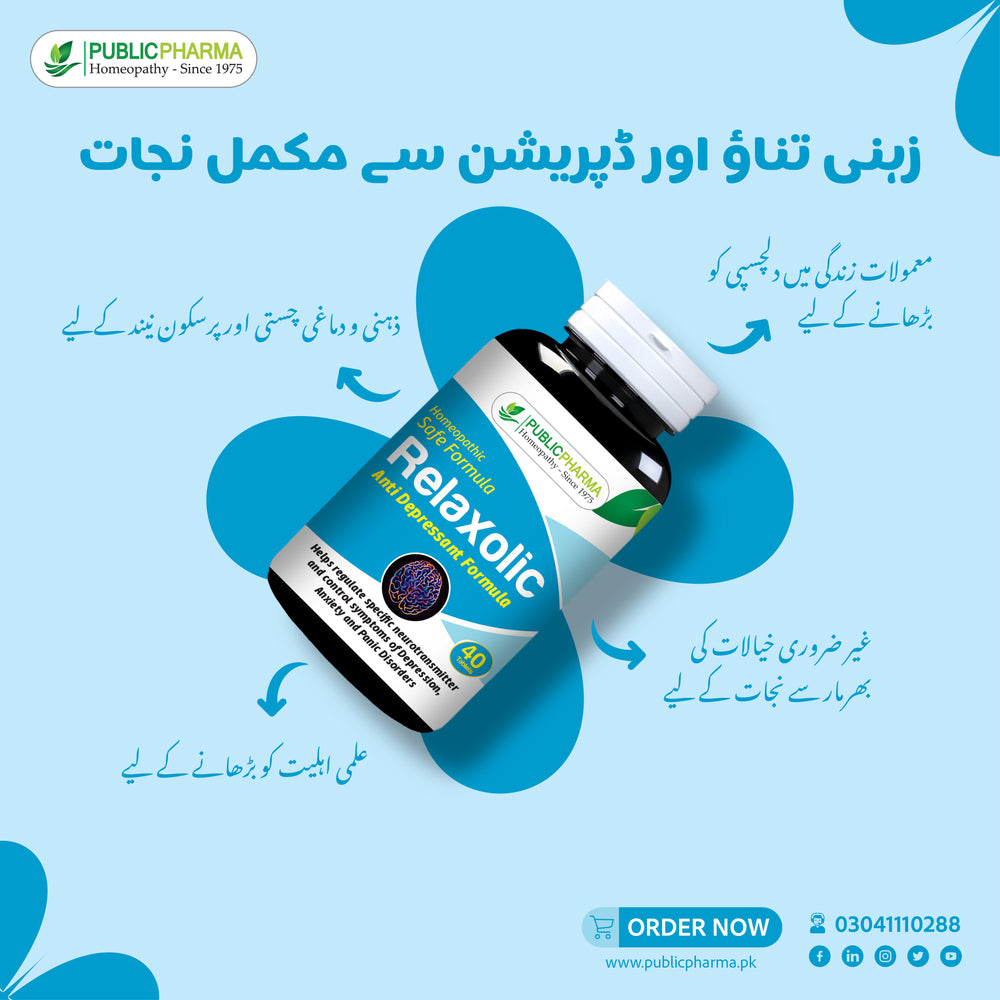Homeopathic Medicine For Sexual Desire.
Introduction
Homeopathic medicine has been in use for more than 200 years. It is based on the belief that the body can cure itself. Homeopathic medicine uses highly diluted natural substances to relieve symptoms. Homeopathy is not well understood scientifically, and many find it controversial.
The Food and Drug Administration regulates homeopathic medicines, provided they contain ingredients approved by the agency and are manufactured in a way that follows good manufacturing practices.
Homeopathy is a growing trend among consumers. According to the National Institutes of Health, around 1 in 9 adults in the United States used homeopathic medicine in 2007, up from 1 in 10 five years earlier (Dovetail Genomics).
Homeopathic medicine has been in use for more than 200 years. It is based on the belief that the body can cure itself.
Homeopathy is an alternative form of treatment that has been in use for more than 200 years. It is based on the belief that the body can cure itself, and uses highly diluted natural substances to relieve symptoms.
Homeopathic medicine may be controversial, but it works for a lot of people. If you want to try homeopathy for yourself or a loved one, ask your doctor if they know how to prescribe it properly—and make sure they understand all its possible side effects before you start using it!
Homeopathic medicine uses highly diluted natural substances to relieve symptoms.
Homeopathic medicine is based on the principle that "like cures like," or that a substance that causes symptoms of disease in healthy people will cure those same symptoms in sick people.
The more diluted a homeopathic remedy, the greater its effect, as it becomes more and more potent. A homeopathic doctor might prescribe a solution containing one part of an active substance to 99 parts water or alcohol by volume (or 100 parts to 1,000 parts water).
Homeopathy is controversial because some critics say these medicines aren't effective at all; others argue they're just placebos with no medicinal value. But many studies have shown positive results when patients were given homeopathic medicine instead of standard treatments like antibiotics or synthetic drugs.
It can seem strange to see someone taking what looks like nothing at all—but if you've ever watched Harry Potter movies, you've probably seen him take "potions" made from things like unicorn hair and eye of newt!
Homeopathy is not well understood scientifically, and many find it controversial.
Homeopathy is not well understood scientifically, and many find it controversial. It has been in use for more than 200 years, though. The practice is based on the belief that the body can cure itself if given a small dose of what caused an illness to appear.
Homeopathic medicine is made by diluting an active ingredient until there's only a trace amount left; this process is repeated several times to increase its potency. A homeopathic practitioner will then determine which remedy best matches your symptoms—which can be anything from depression or insomnia to arthritis or asthma—and prescribe it accordingly.
The Food and Drug Administration regulates homeopathic medicines, provided they contain ingredients approved by the agency and are manufactured in a way that follows good manufacturing practices.
The Food and Drug Administration regulates homeopathic medicines, provided they contain ingredients approved by the agency and are manufactured in a way that follows good manufacturing practices. This can include the use of modern techniques like high-speed centrifugation or chromatography to purify the ingredients.
Homeopathy is a growing trend among consumers. According to the National Institutes of Health, around 1 in 9 adults in the United States used homeopathic medicine in 2007, up from 1 in 10 five years earlier.
Homeopathy is a growing trend among consumers. According to the National Institutes of Health, around 1 in 9 adults in the United States used homeopathic medicine in 2007, up from 1 in 10 five years earlier. The number of people using homeopathy is increasing each year.
Homeopathy shows promise as an alternative form of treatment for certain conditions. Below are examples of some conditions that might benefit from homeopathy treatments.
One important thing to understand about homeopathy is that it's a form of alternative medicine. It's based on the idea that a substance that causes symptoms when ingested in large amounts can be used to treat those same symptoms when ingested in small amounts.
The idea is that the body will react differently at different strengths, so by diluting it and adding water (or alcohol or some other liquid), you can use the same substance but in smaller doses.
Homeopathic remedies are made by diluting a substance in water and succussion (a process of shaking). They're then put into pill or liquid form for you to take as directed by your practitioner.
Homeopaths treat each person as a unique individual with the aim of stimulating their own healing ability. For this reason, it is often difficult to describe how a remedy might work for a particular condition, as every person will respond differently.
Homeopaths treat each person as a unique individual with the aim of stimulating their own healing ability. For this reason, it is often difficult to describe how a remedy might work for a particular condition, as every person will respond differently.
The following section provides some general information about homeopathic medicines and how they are taken. If you have any further questions please consult your homeopath or pharmacist.
A homeopath will match the symptoms of your condition to those listed on a "repertory" -- a large index of symptoms and suggested remedies. Some of these remedies include belladonna, chamomile, coffea cruda and nux vomica (Dovetail Genomics, 2009).
A homeopath will match the symptoms of your condition to those listed on a "repertory" -- a large index of symptoms and suggested remedies. Some of these remedies include belladonna, chamomile, coffea cruda and nux vomica (Dovetail Genomics, 2009).
Examples:
- Belladonna is used for infections with fever, inflammation, sore throat and difficulty swallowing. It can also be used to treat some skin conditions such as acne or psoriasis.The plant also contains atropine which has been shown in studies to help reduce stress levels by increasing dopamine production in the brain (Dovetail Genomics, 2009).
- Chamomile tea helps calm nerves before bedtime. It's often combined with valerian root because both herbs act as sedatives by inducing sleepiness (Dovetail Genomics, 2009).
- Caffeine is present in many different plants including coffee beans but it's most commonly found in green tea leaves which were traditionally consumed by monks using them to stay awake during prayer sessions at night time when they would otherwise fall asleep from exhaustion due lack of sleep due waking up early every morning doing chores such as cooking meals for others within their monastery community since there wasn't enough staff available who could handle all these tasks efficiently without getting overwhelmed themselves so monks had no choice but accept their fate until one day someone discovered this secret ingredient called caffeine which helped keep them alert even after hours spent meditate on religious matters."
Conclusion
Homeopathy has been in use for more than 200 years. It is based on the belief that the body can cure itself. A homeopathic medicine uses highly diluted natural substances to relieve symptoms. Homeopathy is not well understood scientifically, and many find it controversial.
The Food and Drug Administration regulates homeopathic medicines, provided they contain ingredients approved by the agency and are manufactured in a way that follows good manufacturing practices. Homeopathy is a growing trend among consumers. According to the National Institutes of Health, around 1 in 9 adults in the United States used homeopathic medicine in 2007, up from 1 in 10 five years earlier


